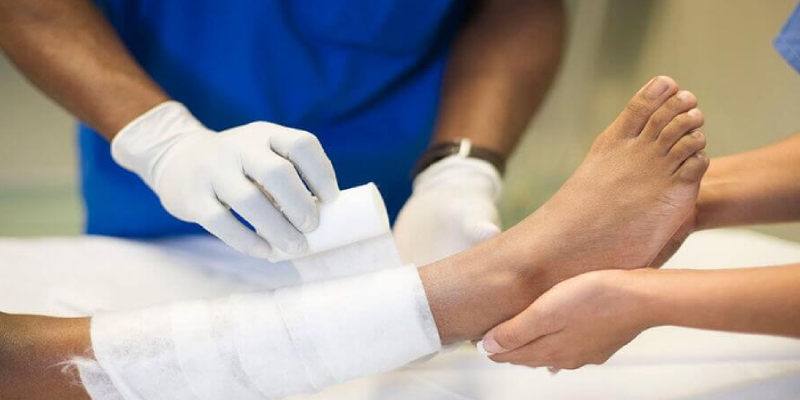
Trauma Wound Care
Trauma wound care is a critical medical service that focuses on the treatment and management of wounds caused by accidents, injuries, or surgical procedures. These wounds may result from road traffic accidents, falls, sports injuries, workplace accidents, or sharp object injuries. Proper and timely wound care is essential to prevent infection, promote healing, and restore function while minimizing complications and scarring.
What is a Trauma Wound?
A trauma wound is an injury that breaks the skin and underlying tissues due to an external force. Depending on the severity, trauma wounds can be minor cuts and abrasions or deep lacerations and crush injuries involving muscles, nerves, and blood vessels.
Types of trauma wounds include:
– Abrasions: Superficial scrapes caused by friction against a rough surface.
– Lacerations: Deep cuts or tears in the skin caused by sharp objects or accidents.
– Puncture wounds: Small but deep injuries caused by nails, needles, or sharp tools.
– Crush injuries: Caused by heavy objects compressing tissues, often leading to significant tissue damage.
– Avulsion wounds: Severe injuries where skin and tissue are torn away from the body.
Importance of Trauma Wound Care
Prompt and appropriate wound care is crucial for the following reasons:
– Prevents wound infection by keeping the area clean and sterile.
– Promotes faster and healthier healing of tissues.
– Reduces the risk of complications such as cellulitis, sepsis, or gangrene.
– Minimizes scarring and improves cosmetic outcomes.
– Preserves the function of affected body parts, especially in deep or complex wounds.
Initial Management of Trauma Wounds
First aid and medical attention play a vital role in trauma wound care. The initial steps include:
– Stopping bleeding by applying direct pressure with a clean cloth or bandage.
– Cleaning the wound with sterile saline or antiseptic solution to remove dirt and debris.
– Applying sterile dressings to cover the wound and protect it from infection.
– Administering tetanus injection if the wound is deep or contaminated.
– Evaluating the need for stitches, staples, or surgical repair for larger wounds.
– Pain management and antibiotics may also be prescribed depending on the severity.
Advanced Trauma Wound Care
In cases of complex or severe injuries, advanced wound care techniques may be necessary. These include:
– Surgical debridement: Removal of dead or infected tissue to promote healing.
– Vacuum-assisted wound therapy (VAC): Application of negative pressure to accelerate healing and reduce infection risk.
– Skin grafting or flap surgery: Used for large wounds or burns where natural healing is not possible.
– Antibiotic therapy: To control or prevent infections.
– Regular dressing changes: Using medicated dressings that aid in moisture balance and tissue repair.
Benefits of Professional Trauma Wound Care
Choosing expert trauma wound care provides several benefits, including:
– Faster recovery and reduced downtime.
– Lower risk of infection and related complications.
– Professional monitoring to ensure proper healing progress.
– Personalized wound care plans for different types of injuries.
– Improved functional and cosmetic outcomes.
Risks of Untreated or Poorly Managed Wounds
If trauma wounds are neglected or treated improperly, patients may face serious health risks such as:
– Chronic infections or abscess formation.
– Delayed healing or non-healing wounds.
– Permanent scarring or deformity.
– Spread of infection leading to cellulitis, sepsis, or even amputation in extreme cases.
– Loss of mobility or function if deeper tissues are affected.
Conclusion
Trauma wound care is essential for ensuring safe and effective recovery from injuries. With the right medical attention, proper cleaning, dressing, and advanced wound management, patients can achieve faster healing, reduced risk of infection, and improved overall outcomes. Timely care not only restores health but also enhances quality of life by minimizing pain, complications, and long-term damage.

